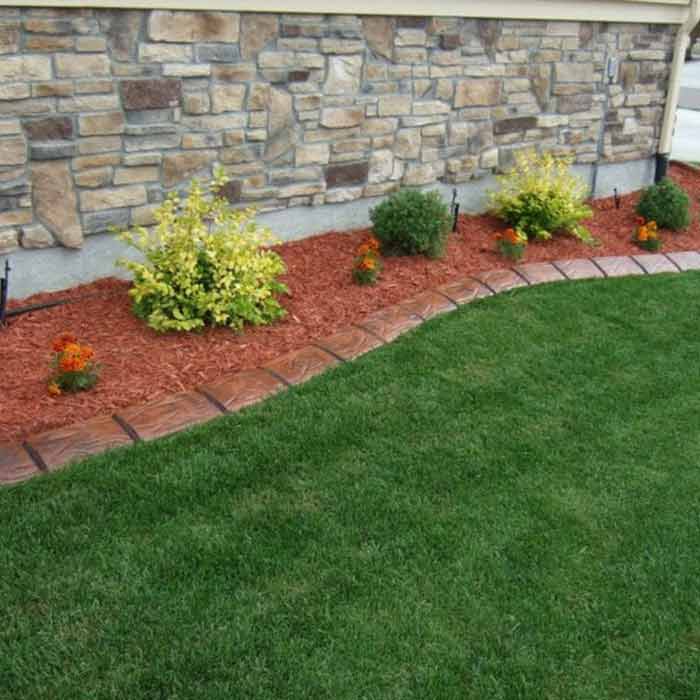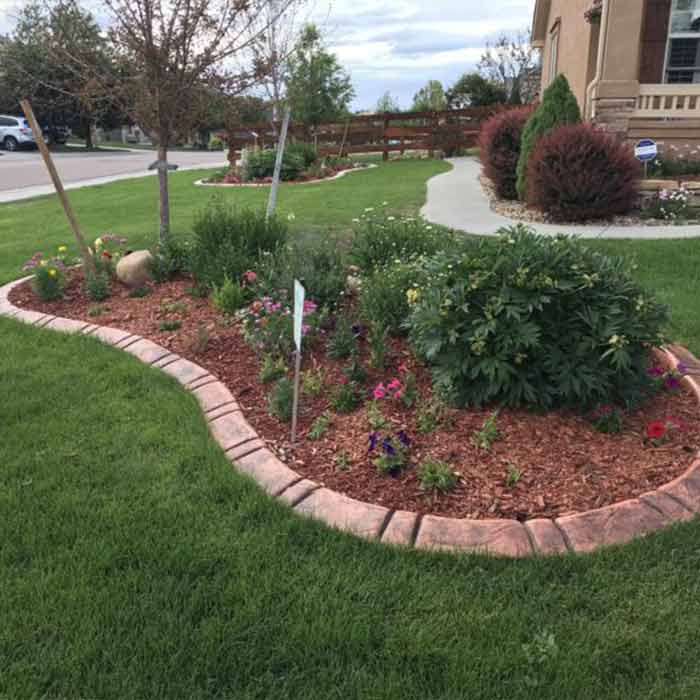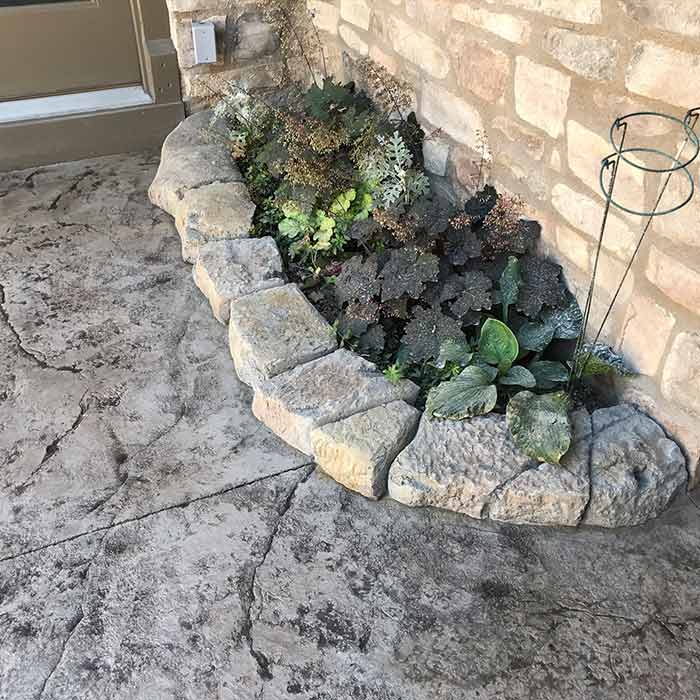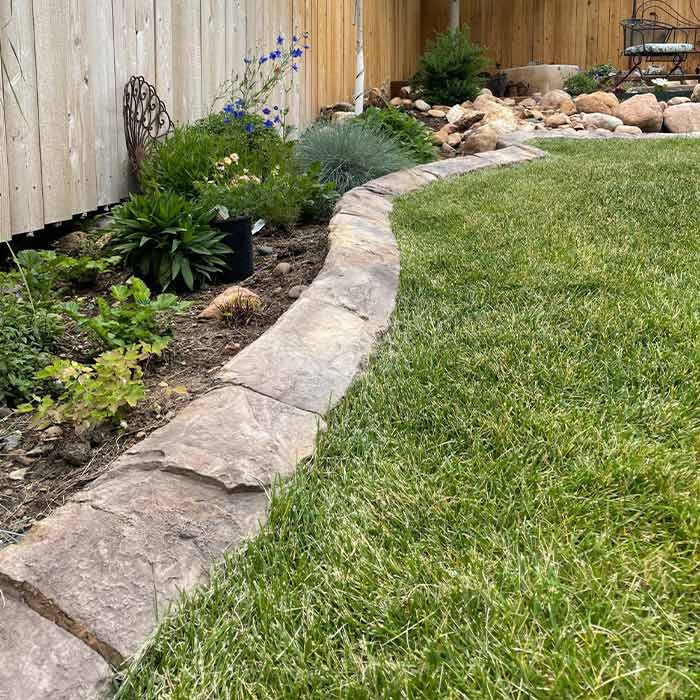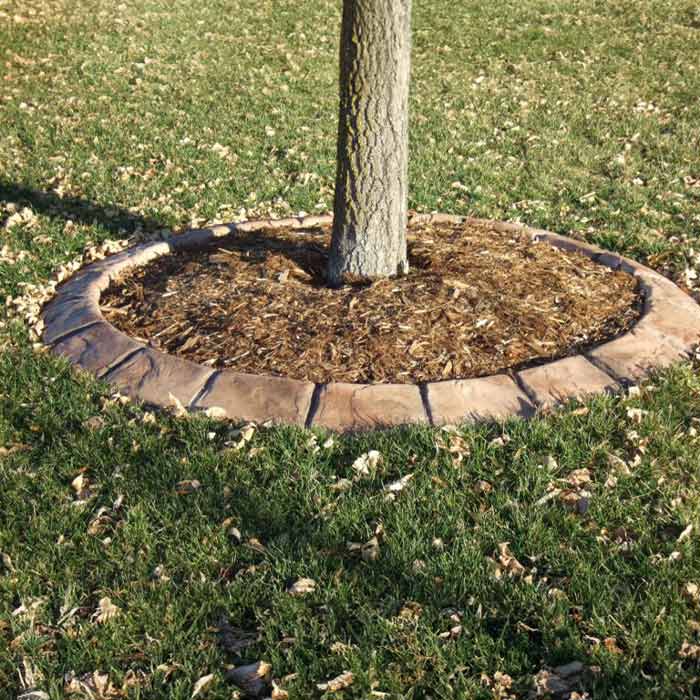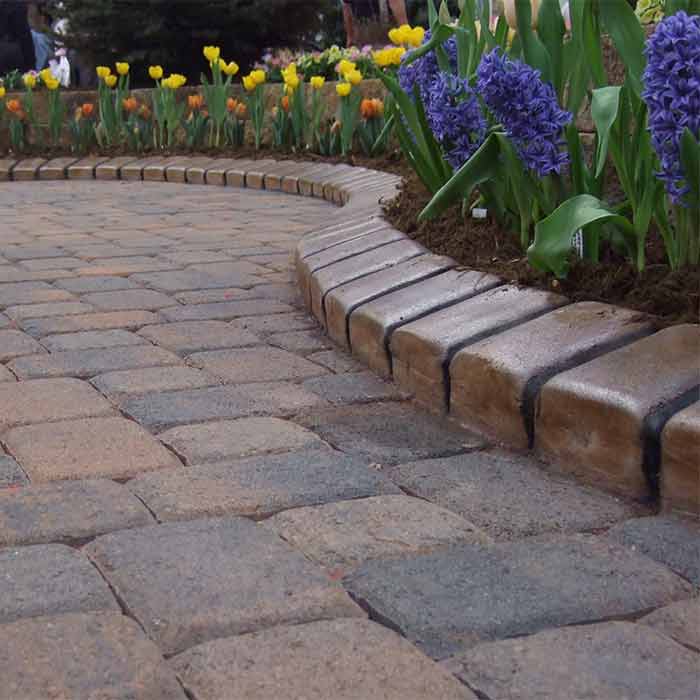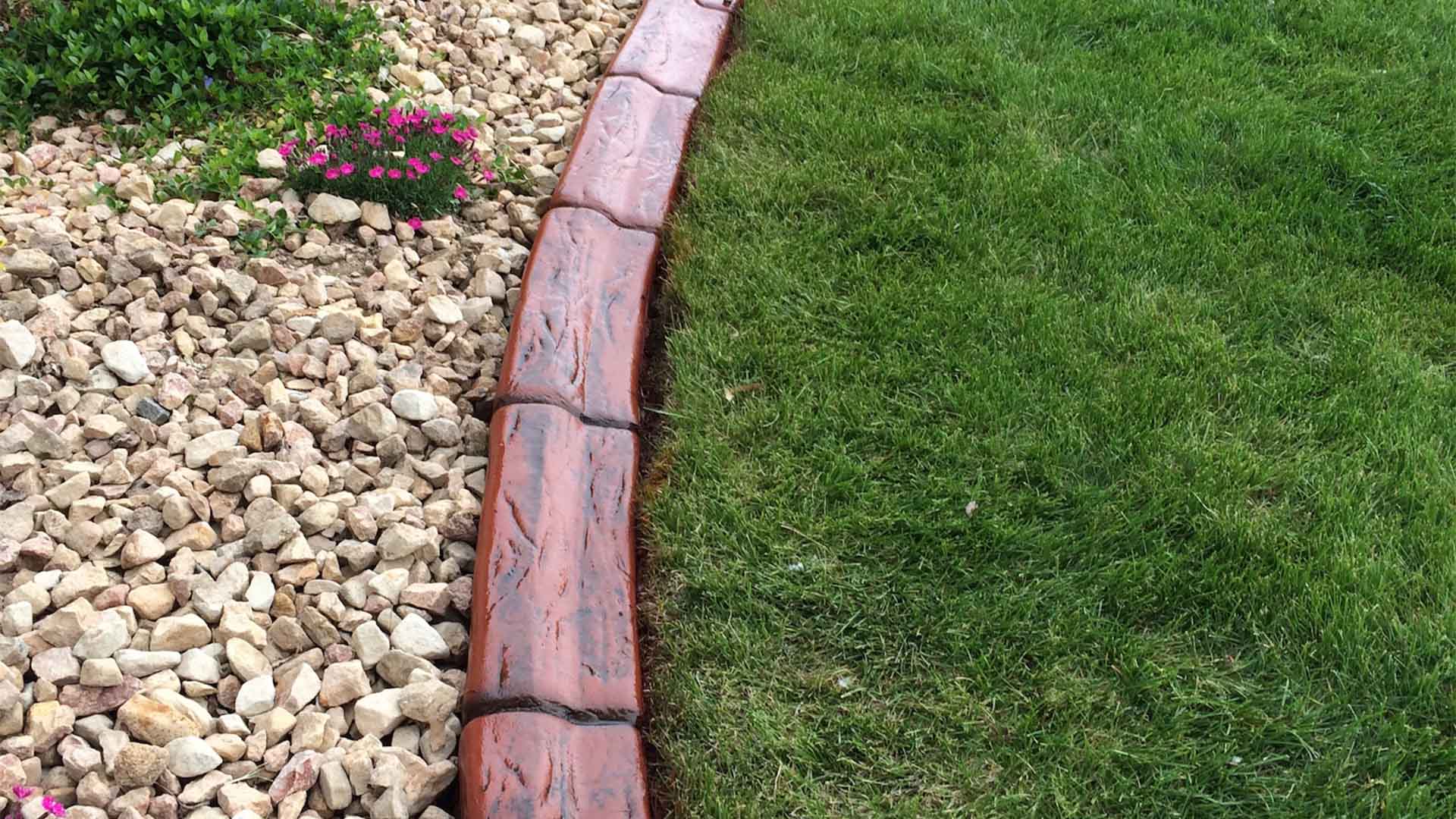Brick Edging: The Perfect European Landscape Look in the USA!
Bringing European Elegance to American Landscapes
As the owner of A Better Edge, I’ve spent years helping homeowners transform their ordinary outdoor spaces into extraordinary European-inspired landscapes. There’s something genuinely magical about how traditional European landscape design combines functionality with timeless beauty—brick edging is at the heart of this aesthetic.
Brick edging offers the perfect blend of Old World charm and modern durability that many American homeowners seek. When properly installed, it creates crisp, clean lines that define garden beds, walkways, and lawn areas with an elegance that can’t be matched by plastic or metal alternatives.
The European landscape tradition has always emphasized structure, permanence, and harmony with natural elements—principles that brick edging perfectly embodies. Unlike temporary plastic edging that deteriorates within a few years, quality brick edging can last for decades while developing a beautiful patina that only enhances its appeal over time.
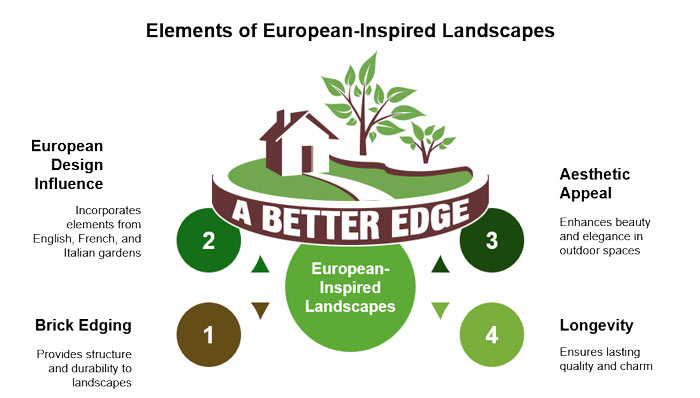
The European Landscape Influence in American Gardens
The influence of European landscape design on American gardens dates back centuries. Formal English gardens, French parterres, and Italian courtyards all left their mark on our outdoor spaces. These landscape traditions share a common appreciation for defined borders and thoughtful transitions between garden areas.
Brick edging’s versatility makes it perfect for recreating European landscape aesthetics. Whether you’re designing a formal English garden with precise geometric beds or a rustic French country garden with softly curving pathways, brick edging can be adapted to suit your vision.
Benefits of Brick Edging for Your European Landscape Design
Durability That Stands the Test of Time
Unlike plastic edging, which becomes brittle, and metal edging, which can rust, brick edging offers exceptional longevity. When properly installed as part of your European landscape design, brick edging can last 30-80 years or more. This long-term value makes it an excellent investment for homeowners looking to enhance their property with a European landscape aesthetic.
Our Landscape Services team at A Better Edge has installed brick edging that looks beautiful decades later, developing the coveted, weathered appearance that authentic European landscape designs are known for.
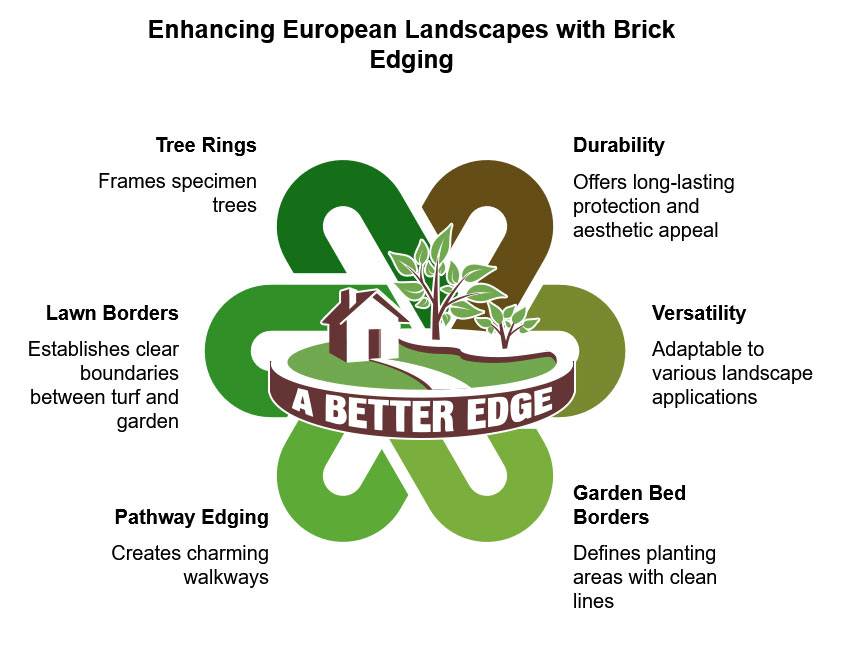
Versatility in Design Applications
Another advantage of brick edging is its remarkable versatility in different landscape applications:
- Garden Bed Borders: Define planting areas with clean lines typical of formal European landscape design
- Pathway Edging: Create charming walkways reminiscent of European cottage gardens
- Lawn Borders: Establish clear boundaries between turf and garden areas, a hallmark of traditional European landscape maintenance
- Tree Rings: Frame specimen trees with circular brick edging, a common technique in landscape design
- Patio Transitions: Soften the transition between hardscaped and planted areas as seen in Mediterranean landscape traditions
Environmentally Friendly Choice
Brick is made from natural clay, making it an environmentally conscious choice that aligns with the sustainable principles of traditional European landscape design. Unlike plastic edging that will eventually end up in landfills, brick can be reused or recycled if your garden design changes.
At A Better Edge, our Landscape Services division is committed to environmentally responsible practices that honor the sustainable traditions of European landscape design while meeting modern environmental standards.
Popular Brick Edging Styles for European Landscape Designs
Classic European Patterns
The pattern you choose for your brick edging can dramatically influence the overall European landscape feel of your outdoor space:
- Soldier Course: Bricks stand upright in a row (like soldiers at attention), creating a bold, defined edge common in formal European landscape designs
- Sailor Course: Bricks laid flat with their long sides facing out, offering a subtle definition typical in informal European landscape gardens
- Basketweave: An interlocking pattern that creates visual interest while maintaining the structured feel of landscape design
- Herringbone: A sophisticated zigzag pattern often seen in historic European landscape pathways and borders
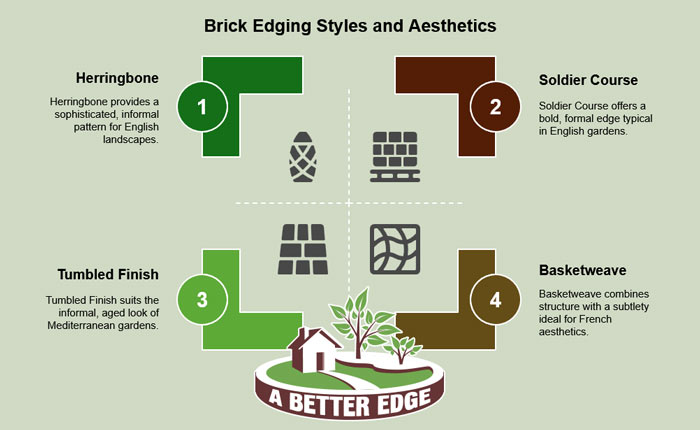
Color and Texture Variations
Brick edging comes in a variety of colors and textures that can complement different European landscape styles:
- Red Clay: The classic choice for traditional English garden-inspired landscape designs
- Weathered Brick: Perfect for creating the established, timeworn look of historic landscape gardens
- Buff or Tan: Ideal for Mediterranean or French-inspired European landscape aesthetics
- Tumbled Finish: Offers an instant-aged appearance for those seeking an authentic European landscape feel
Professional Installation vs. DIY: Making the Right Choice
When to Call the Professionals
While some homeowners may attempt to install brick edging themselves, our Landscape Services team has repaired countless DIY attempts that failed due to improper base preparation or inadequate drainage planning.
For a truly authentic European landscape appearance, professional installation ensures:
- Proper soil preparation and compaction
- Accurate grading for drainage
- Perfectly level installation
- Proper spacing and alignment
- Expert cutting for curved sections
- Professional finishing touches
The Cost of Professional Brick Edging Installation
When considering brick edging for your landscape project, it’s essential to understand the investment required:
| Component | Cost Range |
|---|---|
| Materials (clay brick pavers) | $3-7 per linear foot |
| Base materials (crushed stone, sand) | $3-6 per linear foot |
| Professional installation | $22-36 per linear foot |
| Design Consultation | $200-600, depending on the project scope |
| Total professional installation | $28-49 per linear foot |
While these costs may seem higher than temporary solutions like plastic edging, remember that quality brick edging is a once-in-a-generation investment for your landscape design. Many clients consider it one of the best investments in their property’s appearance and value.
Step-by-Step Installation Process for Landscape Brick Edging
1. Planning and Preparation
The foundation of successful brick edging installation begins with thorough planning:
- Mark the desired location with landscaping paint or a garden hose
- Determine the appropriate depth and width for your trench
- Select the brick pattern that best complements your landscape design
- Calculate materials needed (including a 5-10% overage for cuts and breakage)
- Gather all necessary tools and materials before beginning
2. Excavation and Base Preparation
Proper base preparation is critical for long-lasting brick edging that maintains that pristine European landscape appearance:
- Dig a trench 8-12 inches deep and 6-8 inches wider than your brick width
- Remove all roots, rocks, and debris from the trench
- Compact the soil at the bottom of the trench
- Add 4-6 inches of crushed stone base material
- Compact the stone base thoroughly
- Add 1-2 inches of coarse sand as a leveling layer
- Smooth the sand to create a flat, even surface
3. Brick Placement Techniques
The way you place your bricks will significantly impact the final look of your landscape border:
- Begin at a fixed point, such as a corner or structure
- Place the first brick, checking that it’s level in all directions
- Continue placing bricks according to your chosen pattern
- Use a rubber mallet to tap bricks into position gently
- Check frequently for level and alignment
- Use a mason’s line to ensure straight runs
- For curves, place bricks closer together on the inside of the curve and farther apart on the outside
4. Securing and Finishing
To ensure your brick edging maintains that perfect landscape appearance for years to come:
- Fill gaps between bricks with polymeric sand for a flexible installation or mortar for a rigid one
- For mortared installations, clean excess mortar from the faces of the bricks
- Allow the mortar to cure completely (typically 24-48 hours)
- Backfill along both sides of the edging to provide support
- Apply a sealer if desired to enhance color and protect against staining
Maintaining Your European Landscape Brick Edging
Seasonal Care Tips
To keep your brick edging looking as beautiful as those found in timeless European landscape gardens:
- Spring: Check for bricks that may have heaved during winter freeze-thaw cycles and reset as needed
- Summer: Remove any weeds that may have established between bricks
- Fall: Clear fallen leaves and debris that could cause staining
- Winter: Avoid using harsh de-icing chemicals near brick edging, as they can cause damage over time
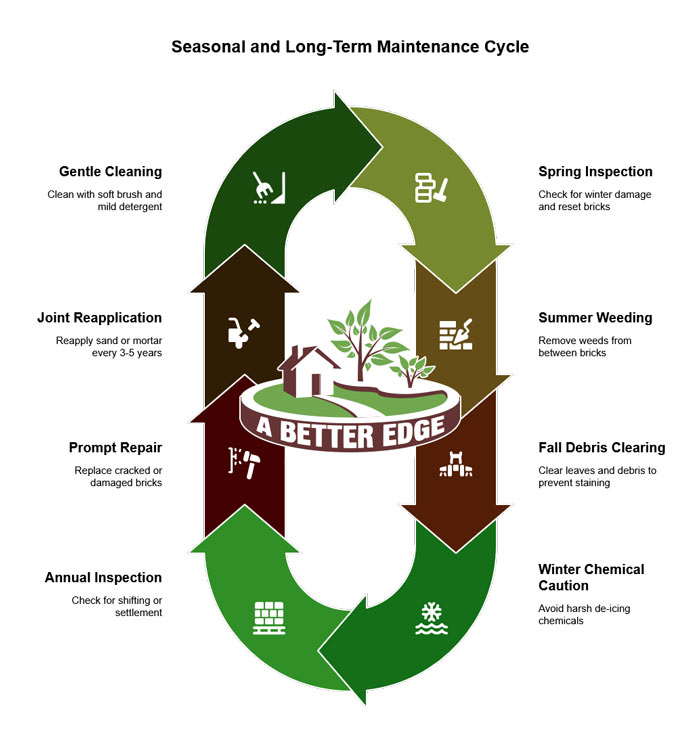
Long-Term Maintenance
With proper care, your European landscape-inspired brick edging can remain beautiful for generations:
- Inspect annually for shifting or settlement
- Replace any cracked or damaged bricks promptly
- Reapply sand or mortar in joints as needed (typically every 3-5 years)
- Gently clean with a soft brush and mild detergent to remove algae or moss if desired
“The beauty of brick edging in European landscape design is that it actually improves with age. That subtle weathering and patina development over time is something our clients specifically request—it gives gardens that established, timeless quality that’s so characteristic of authentic European landscape traditions.” – Chad, Owner of A Better Edge
Common Mistakes to Avoid with European Landscape Brick Edging
Design Pitfalls
Even the most beautiful materials can fail to capture that authentic European landscape feel if not correctly designed:
- Inconsistent patterns: Mixing different brick patterns without purpose can create a disjointed look
- Inappropriate scale: Using edging that’s too bold or too subtle for the space disrupts the harmonious feel of European landscape design
- Poor color coordination: Selecting brick colors that clash with existing hardscapes or your home’s exterior
- Overly rigid lines: Even formal European landscape designs incorporate subtle curves—perfectly straight edges can sometimes feel unnatural
Installation Errors
Our Landscape Services team frequently repairs these common installation mistakes:
- Inadequate base preparation: Skipping proper base installation leads to sinking and heaving
- Insufficient drainage: Failing to account for water movement causes erosion and displacement
- Poor alignment: Uneven or misaligned bricks detract from the refined appearance of landscape design
- Incorrect spacing: Gaps that are too wide or inconsistent create an unprofessional appearance
Combining Brick Edging with Other European Landscape Elements
Complementary Hardscape Features
For a truly authentic European landscape appearance, consider pairing your brick edging with:
- Gravel pathways: Create informal walking areas with the crushed stone paths typical of French and Italian gardens
- Natural stone steps: Incorporate stone risers for changes in elevation
- Water features: Add fountains or reflecting pools edged with matching brick
- Formal terraces: Use brick to define patio spaces within the larger landscape
Plant Selections for European Landscape Borders
The perfect plants to accompany your brick edging include:
- Boxwood hedges: The quintessential European landscape plant for formal gardens
- Lavender: Creates a stunning contrast against brick in Mediterranean-inspired designs
- Roses: Classic English garden staples that pair beautifully with brick borders
- Herbs: Thyme, sage, and rosemary spilling over brick edges evoke cottage gardens
Regional Adaptations for American European Landscape Designs
Northeast
In colder climates, special considerations for brick edging in European landscape designs include:
- Using frost-resistant brick materials
- Installing deeper bases (8-12 inches) to prevent frost heave
- Incorporating additional drainage to manage spring thaw
Southeast
For warmer, humid regions:
- Selecting brick with proper spacing to allow for expansion in heat
- Using lighter-colored bricks to reduce heat absorption
- Planning for moss and algae management in shaded areas
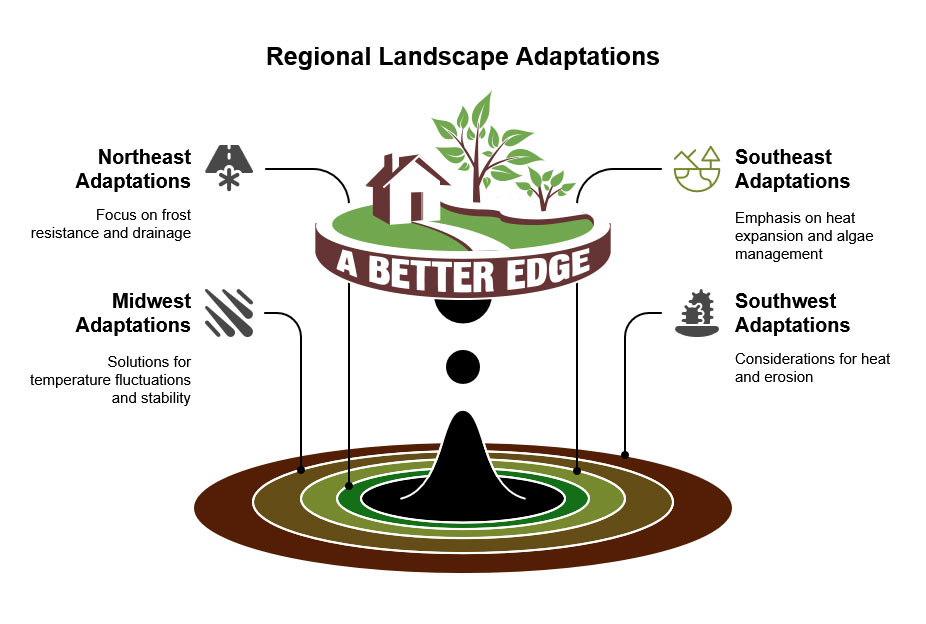
Midwest and Northern States
In areas with extreme seasonal temperature fluctuations:
- Installing flexible sand-set systems rather than rigid mortar
- Using soldier course installation for greater stability
- Providing excellent drainage to prevent freeze-thaw damage
Southwest
For hot, arid climates:
- Choosing brick colors that complement desert-adapted European landscape plants
- Setting bricks slightly deeper to accommodate erosion from occasional heavy rains
- Using wider mortar joints to allow for thermal expansion
Transform Your Landscape with European-Inspired Brick Edging
At A Better Edge, our Landscape Services team specializes in bringing the timeless elegance of European landscape design to American homes. Our expert installation of brick edging creates the perfect foundation for gardens that capture the essence of European landscape traditions while being adapted to our local climate and lifestyle needs.
Whether you’re creating a formal English garden, a rustic Tuscan landscape, or a precise French parterre, properly installed brick edging provides the structure and definition that these landscape styles demand.
Schedule Your European Landscape Consultation Today
Ready to transform your outdoor space with the timeless appeal of European landscape design? Contact A Better Edge Landscape Services to schedule your consultation. Our team will help you select the perfect brick edging style and installation method to create the European landscape of your dreams.
Don’t settle for temporary plastic edging needing replacement in a few years. Invest in beautiful brick borders that will enhance your European landscape design for decades, adding aesthetic appeal and property value to your home.
A Better Edge serves throughout Colorado’s central counties. Contact us or call today to learn more about our comprehensive Landscape Services and to schedule your European landscape design consultation.
Get more ideas from the County Living Magazine 30 Best Garden Edging.




